Optimal Timing for Waterproofing
Waterproofing is essential for protecting structures from water intrusion, which can lead to damage, mold growth, and structural deterioration. Proper timing ensures the effectiveness and longevity of waterproofing measures. Weather conditions, temperature, and humidity levels significantly influence the success of waterproofing applications.
Spring and early summer are ideal due to moderate temperatures and lower humidity, facilitating proper curing and adhesion.
Avoid waterproofing during heavy rain, freezing temperatures, or high humidity, as these conditions impair application quality.
Ensure surfaces are dry, clean, and free of debris before application to maximize adhesion and durability.
Temperatures between 50°F and 85°F are recommended for most waterproofing products to ensure proper curing.
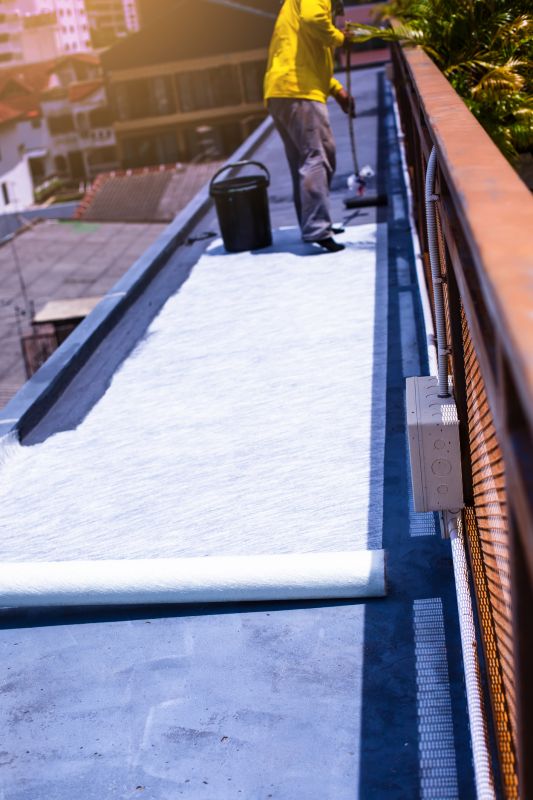
A professional applying waterproofing materials during favorable spring weather.
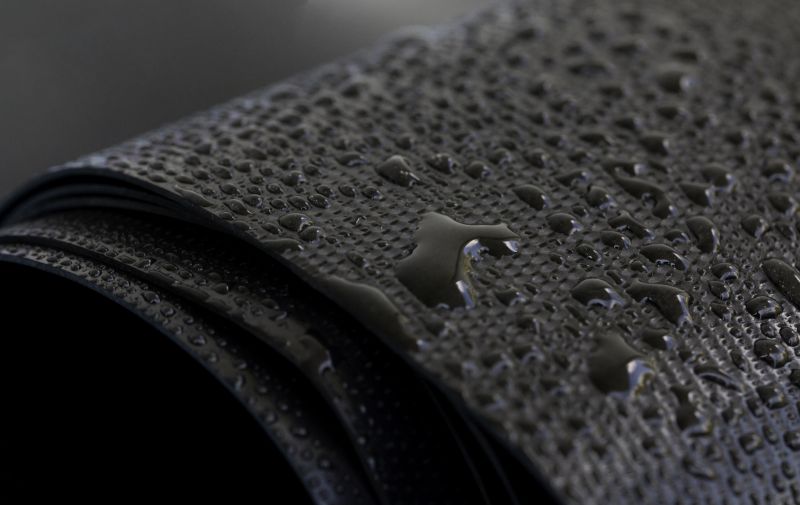
Clear, dry days with moderate temperatures ensure optimal waterproofing results.

Cleaning and drying surfaces prior to application enhances adhesion and effectiveness.
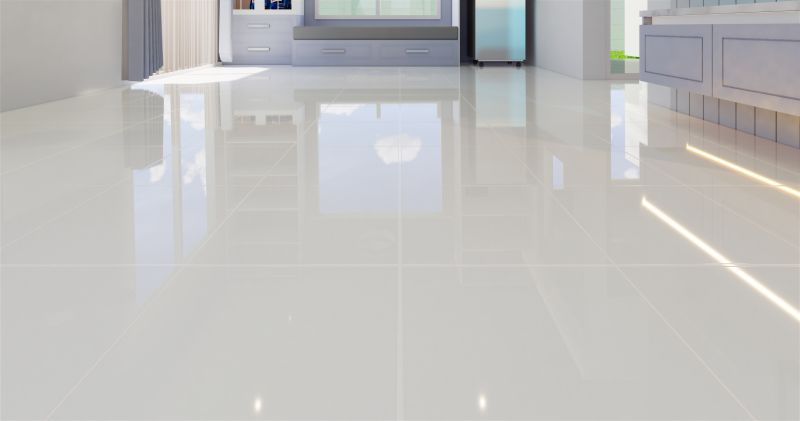
Ways to make Waterproofings work in tight or awkward layouts.
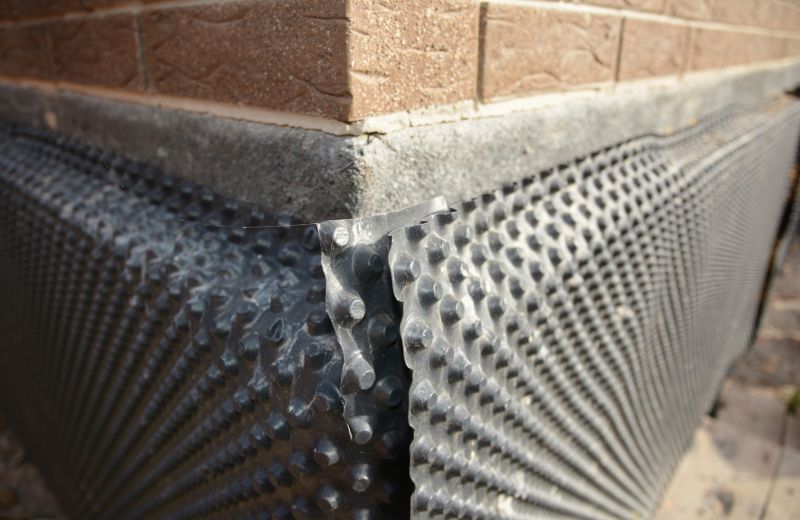
Popular materials for Waterproofings and why they hold up over time.
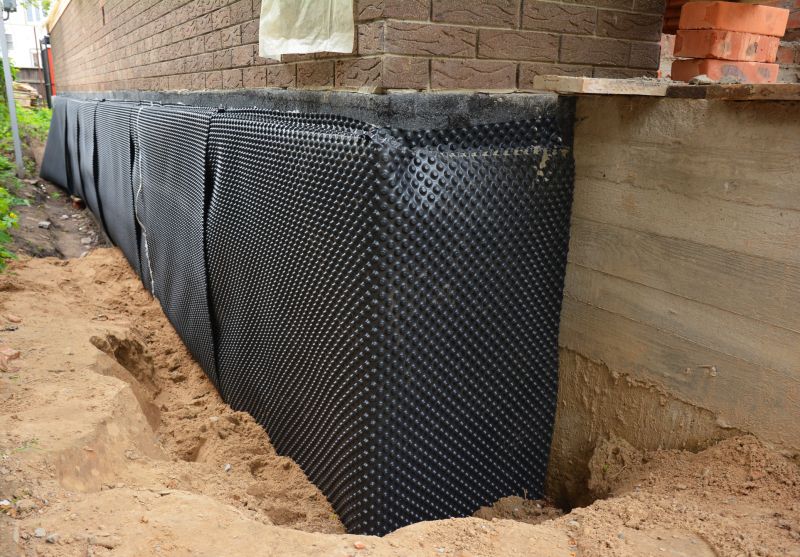
Simple add-ons that improve Waterproofings without blowing the budget.
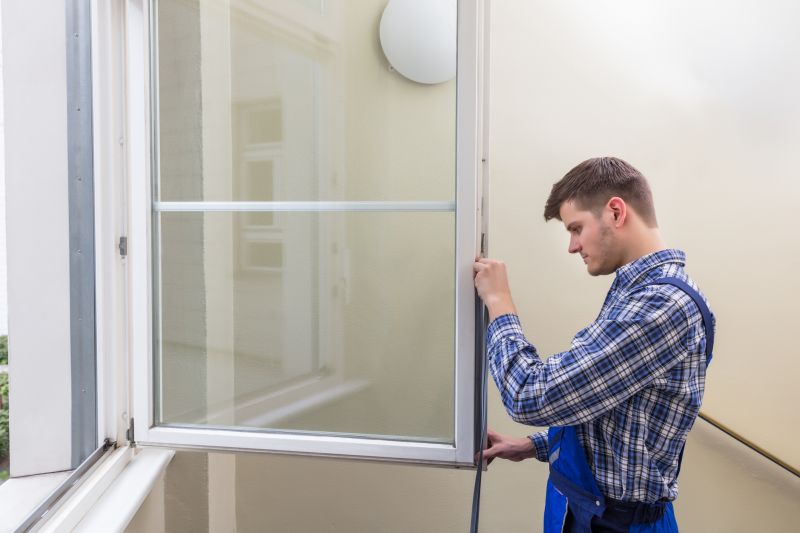
High-end options that actually feel worth it for Waterproofings.
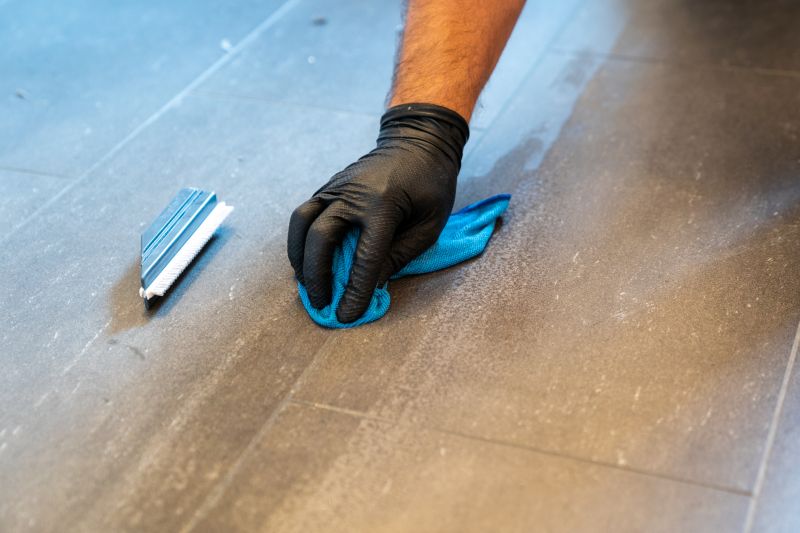
Finishes and colors that play nicely with Waterproofings.
| Season | Recommended Conditions |
|---|---|
| Spring | Moderate temperatures, low humidity, dry weather |
| Summer | Early summer preferred, avoid peak heat and humidity |
| Fall | Cooler temperatures, dry days, avoid early frost |
| Winter | Not recommended due to freezing temperatures and moisture |
Waterproofings are crucial for safeguarding structures against water infiltration. They involve a variety of materials and techniques designed to create a barrier that prevents water from penetrating foundations, roofs, walls, and other surfaces. Proper application timing enhances the durability and effectiveness of these systems, ensuring long-term protection. Studies indicate that correctly timed waterproofing can extend the lifespan of building components by several years, reducing maintenance costs and preventing costly repairs.
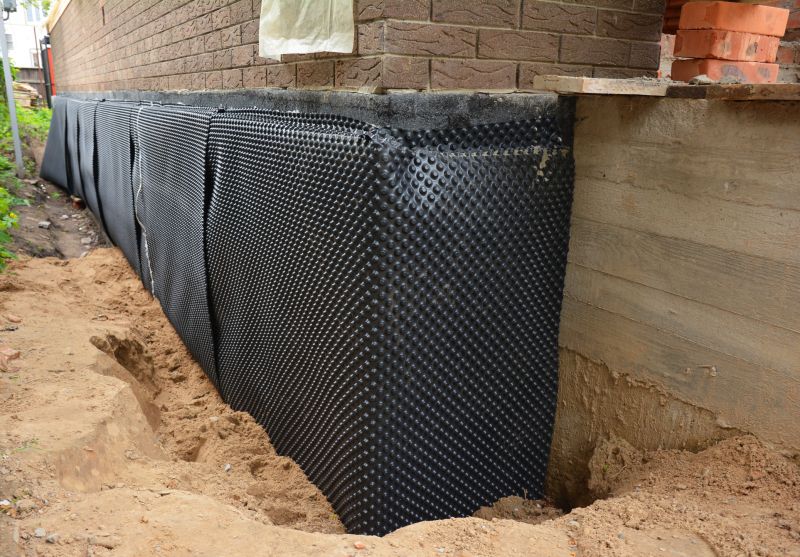
Application of waterproof membrane to foundation walls.

Applying waterproof coatings on flat roofs during optimal weather.

Installing sealants and membranes to prevent water ingress.
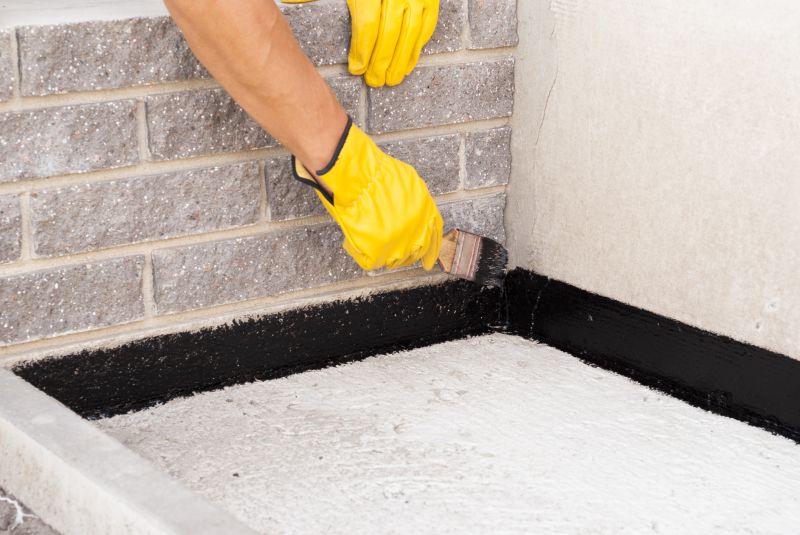
Technicians applying waterproofing layers on exterior walls.
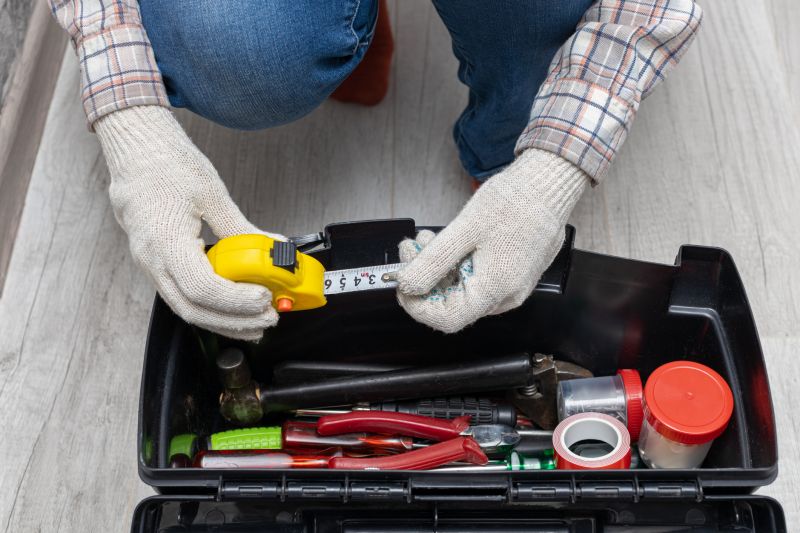
Little measurements that prevent headaches on Waterproofings day.

A 60-second routine that keeps Waterproofings looking new.

A frequent mistake in Waterproofings and how to dodge it.
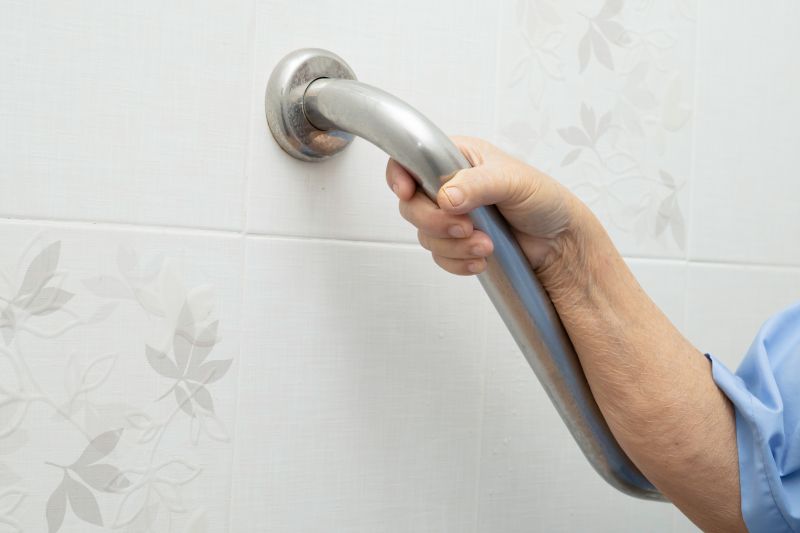
Small tweaks to make Waterproofings safer and easier to use.
Choosing the right time for waterproofing projects ensures maximum adhesion and curing. It is recommended to schedule applications during dry, mild weather conditions, avoiding periods of rain, extreme cold, or heat. Properly timed waterproofing not only enhances the protective qualities but also minimizes the risk of application failures, leading to more effective and longer-lasting results.
Interested in waterproofing solutions? Fill out the contact form for more information.



